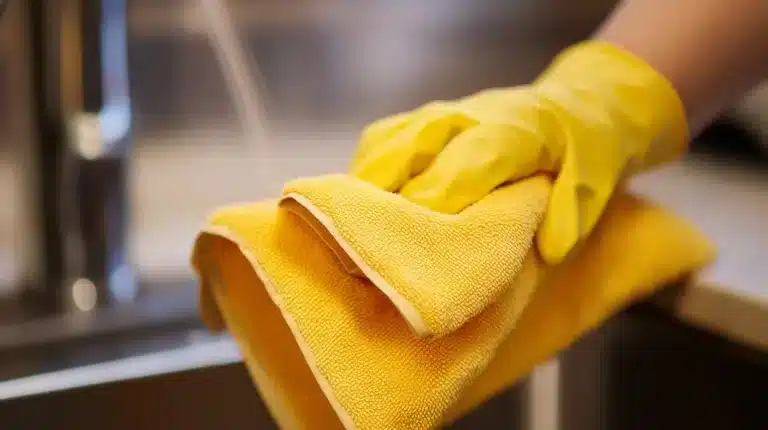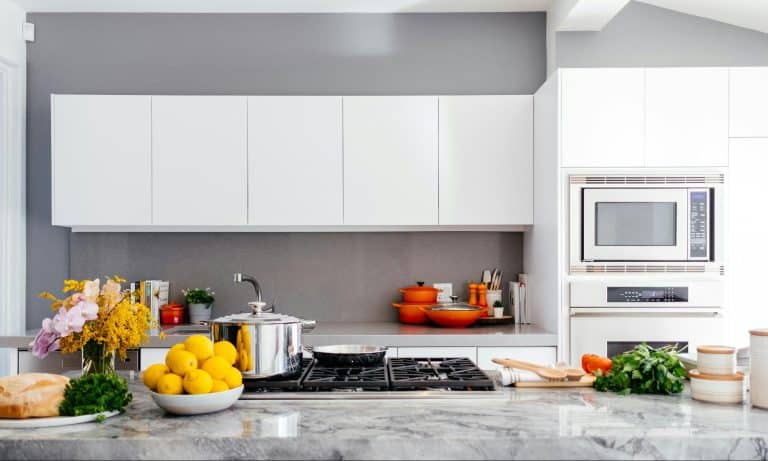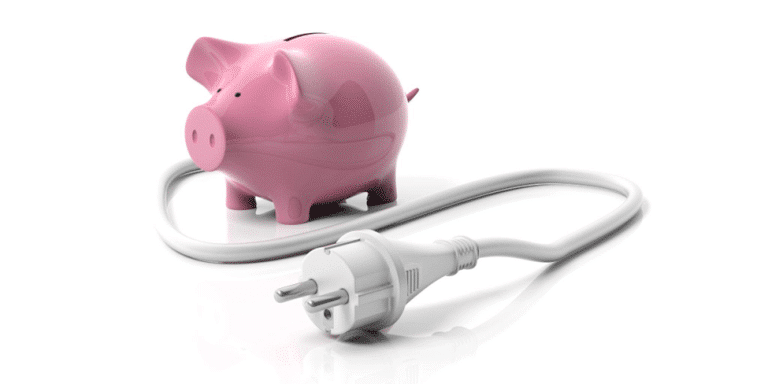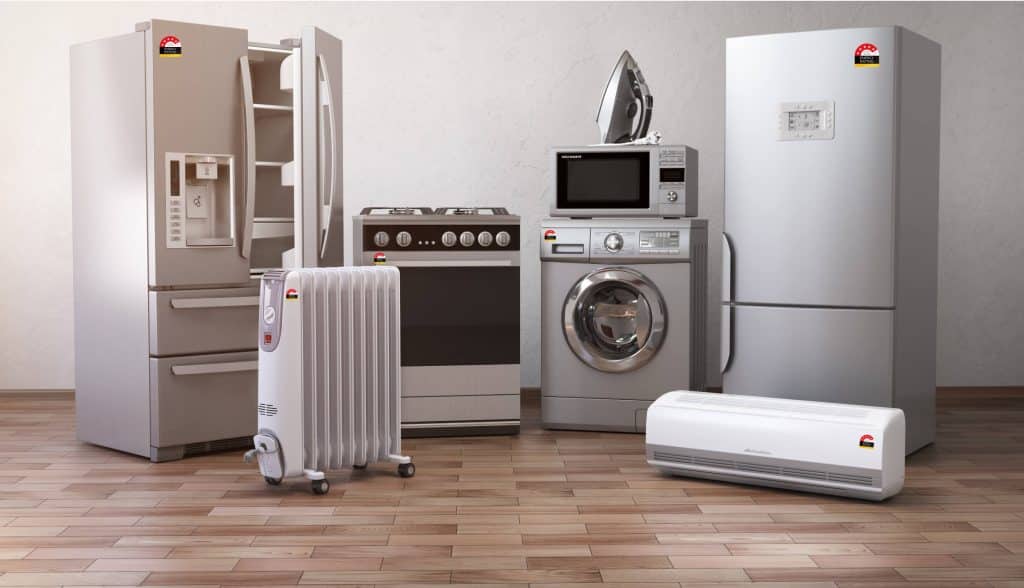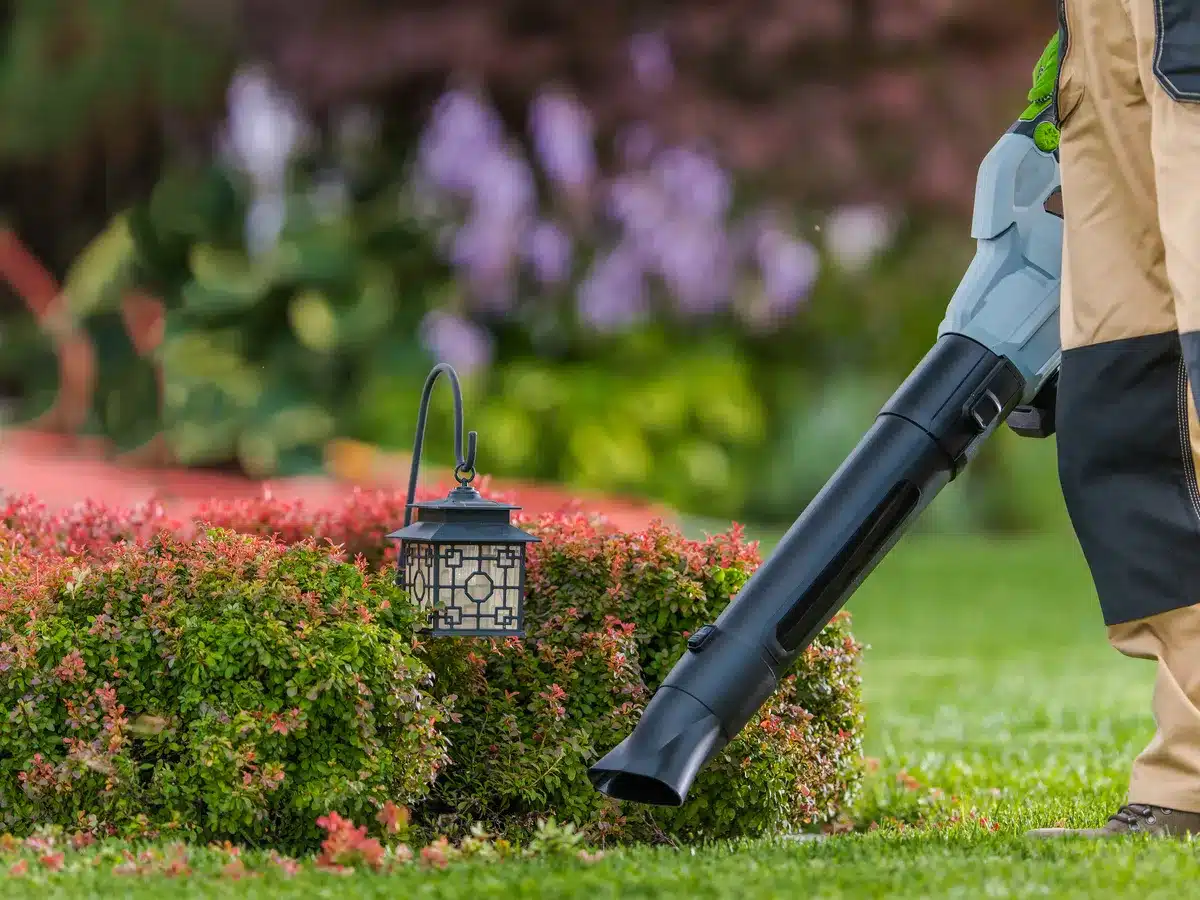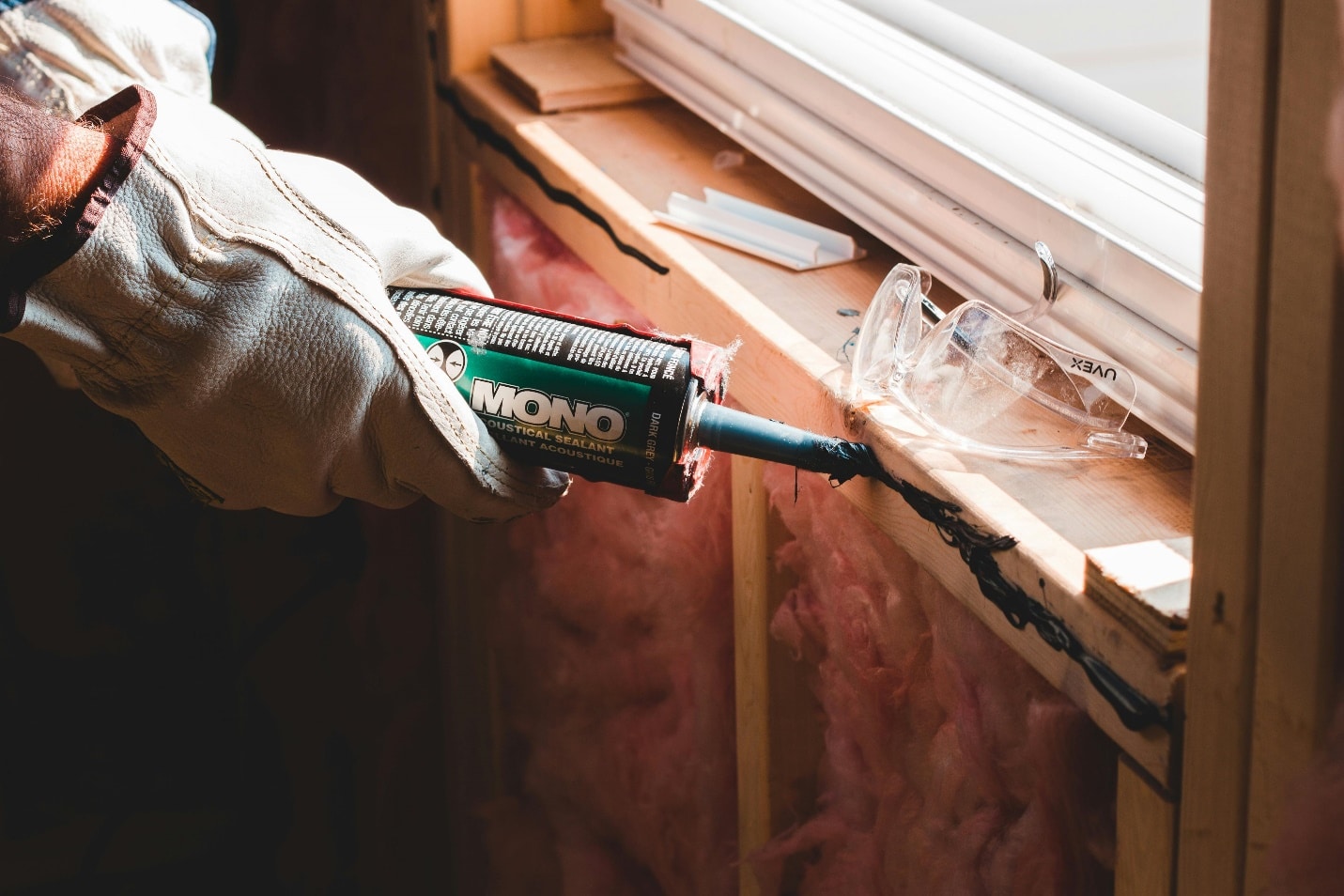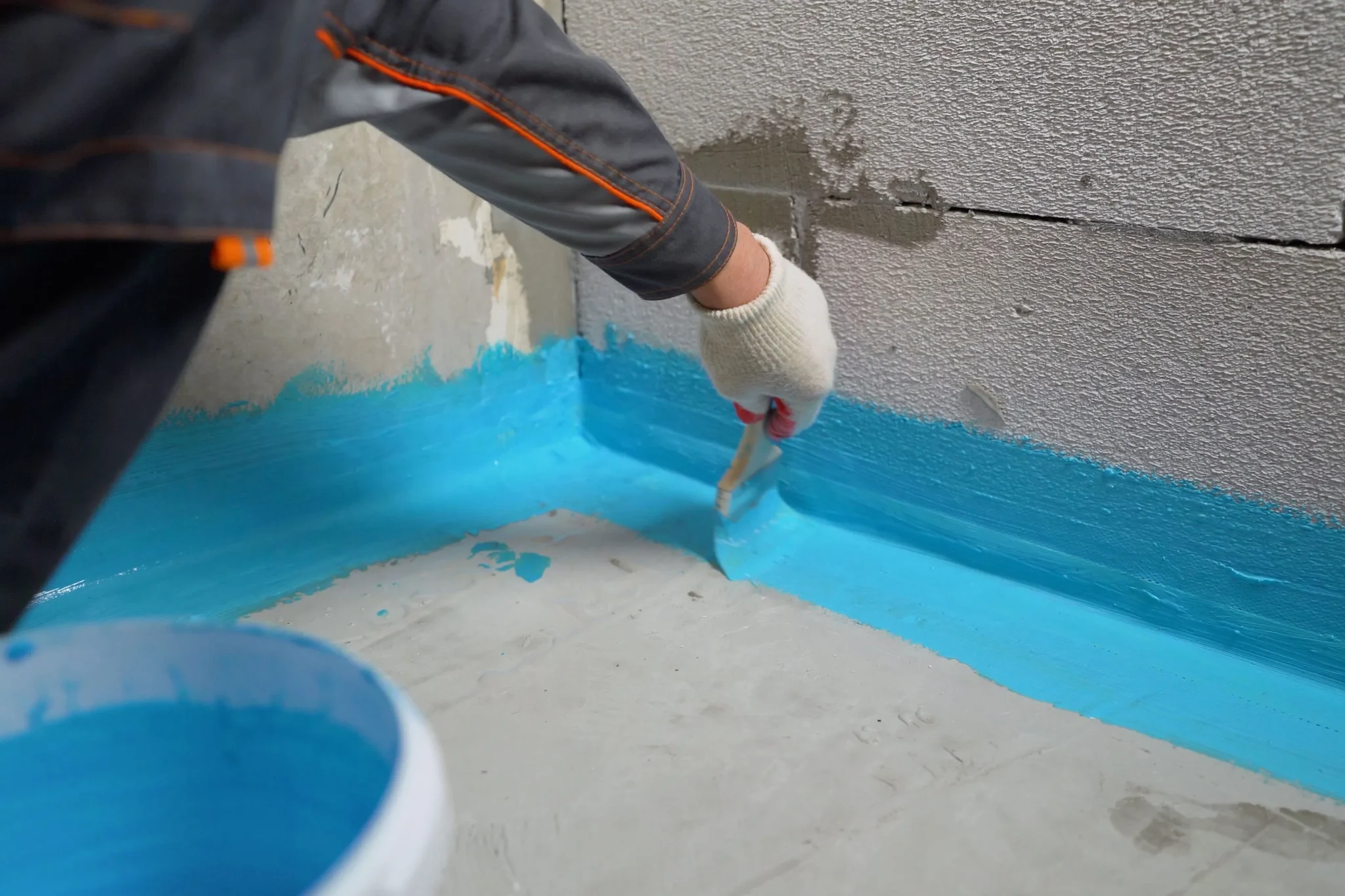If you find yourself constantly juggling work, family, and household chores, you’re not alone. Keeping a home clean when you barely have time to sit down can feel overwhelming. But what if there were some simple strategies that could make everything easier?
Here are 10 top cleaning hacks that every busy homeowner should know. These tips will help you keep your home tidy without spending endless hours scrubbing and organizing.
1. Hire a House Cleaner
This is the ultimate time-saving hack. If you’re strapped for time and cleaning just isn’t fitting into your schedule, hiring a Calgary house cleaner can be a game-changer. Whether it’s for a one-time deep clean or a regular weekly service, professional cleaners can tackle the tasks you don’t have time for.
Think of it as an investment in your time. You get back precious hours that you can spend with family, focus on your work, or even relax for a change. Plus, your home will always look and feel great without you having to lift a finger. Isn’t that worth considering?
2. Set a Cleaning Schedule (And Stick to It!)
Instead of trying to tackle everything at once, why not break it down? A weekly cleaning schedule helps you focus on small, manageable tasks each day rather than saving it all for the weekend.
For example:
- Monday: Clean the kitchen
- Tuesday: Tidy the living room
- Wednesday: Bathrooms
- Thursday: Bedrooms
- Friday: Vacuum and dust
This way, you’re only doing a little bit each day, and by the weekend, you’ll have a tidy home without feeling burned out. Small efforts daily make it much easier to maintain a clean space.
3. Declutter Regularly
The less stuff you have, the easier it is to keep your home clean. That’s just the reality. Decluttering might sound like a big job, but it doesn’t have to be. Start small—maybe one drawer or one closet—and work your way through the house.
Ask yourself questions like, “Do I really need this?” or “When was the last time I used this?” The less unnecessary items you have lying around, the less dusting, cleaning, and tidying you’ll have to do.
4. Keep Cleaning Supplies Handy
How often do you put off cleaning because getting everything out feels like too much effort? Keeping your supplies within easy reach makes it simpler to clean as you go. Try keeping a small caddy of essentials (like disinfectant wipes, a spray bottle, and a microfiber cloth) in high-traffic areas like the bathroom or kitchen.
This way, when a spill happens or you notice the sink is getting grimy, you can handle it immediately without having to search for supplies. It’s all about making the cleaning process as easy as possible.
5. Use Multi-Tasking Cleaners
Why buy a dozen different products for various parts of your home when you can streamline your supplies? Multi-tasking cleaners can be used on multiple surfaces, cutting down the time and effort you need to spend switching between products.
Look for an all-purpose cleaner that works on countertops, sinks, and even bathroom surfaces. It saves space, time, and money!
6. Tackle One Room at a Time
One of the best ways to avoid getting overwhelmed is by focusing on one room at a time. It can be tempting to move from one task to another without fully finishing, but that often leads to more chaos. Instead, pick one room, finish cleaning it entirely, and then move on to the next.
This approach not only keeps things more organized but also gives you a sense of accomplishment. Nothing feels quite as good as seeing a completely clean room, right?
7. Set a Timer
Have you ever heard of the 15-minute rule? It’s a great way to squeeze cleaning into your schedule without it taking over your day. Set a timer for 15 minutes and see how much you can get done. You’ll be amazed at how much progress you can make in such a short time!
The beauty of this hack is that it makes cleaning feel more manageable. Knowing you only have to clean for 15 minutes can motivate you to get started, and often, you’ll find yourself doing even more once you’re in the zone.
8. Clean as You Go
Cleaning doesn’t always have to be a major event. One of the easiest ways to maintain a tidy home is by cleaning as you go. Finished with dinner? Wipe down the counters and rinse the dishes before sitting down. Spotted some dust while watching TV? Grab a cloth and take care of it.
By handling small tasks immediately, you’ll avoid a big mess piling up later. It’s much easier to clean little by little than face a mountain of chores at the end of the week.
9. Make Your Bed Every Morning
This one is simple, but it makes a huge difference. Making your bed in the morning sets the tone for the rest of the day and instantly makes your bedroom look more put together. It only takes a couple of minutes, and the impact is well worth it.
Plus, there’s something satisfying about coming home to a neatly made bed. It makes your bedroom feel like a calm, organized space, even if the rest of your day has been hectic.
10. Involve the Family
Cleaning doesn’t have to fall solely on your shoulders! Get your family involved, especially if you have kids. Assign small tasks to everyone, like picking up toys, wiping down surfaces, or vacuuming.
Not only does this make the cleaning process faster, but it also teaches responsibility and teamwork. You’ll be surprised at how much more manageable it becomes when everyone pitches in.
By incorporating these hacks into your routine, keeping your home clean doesn’t have to feel like a constant battle. Whether you choose to hire a cleaner or simply adjust your habits, you’ll find that maintaining a tidy space is possible—even with a busy schedule! What cleaning hack will you try first?

